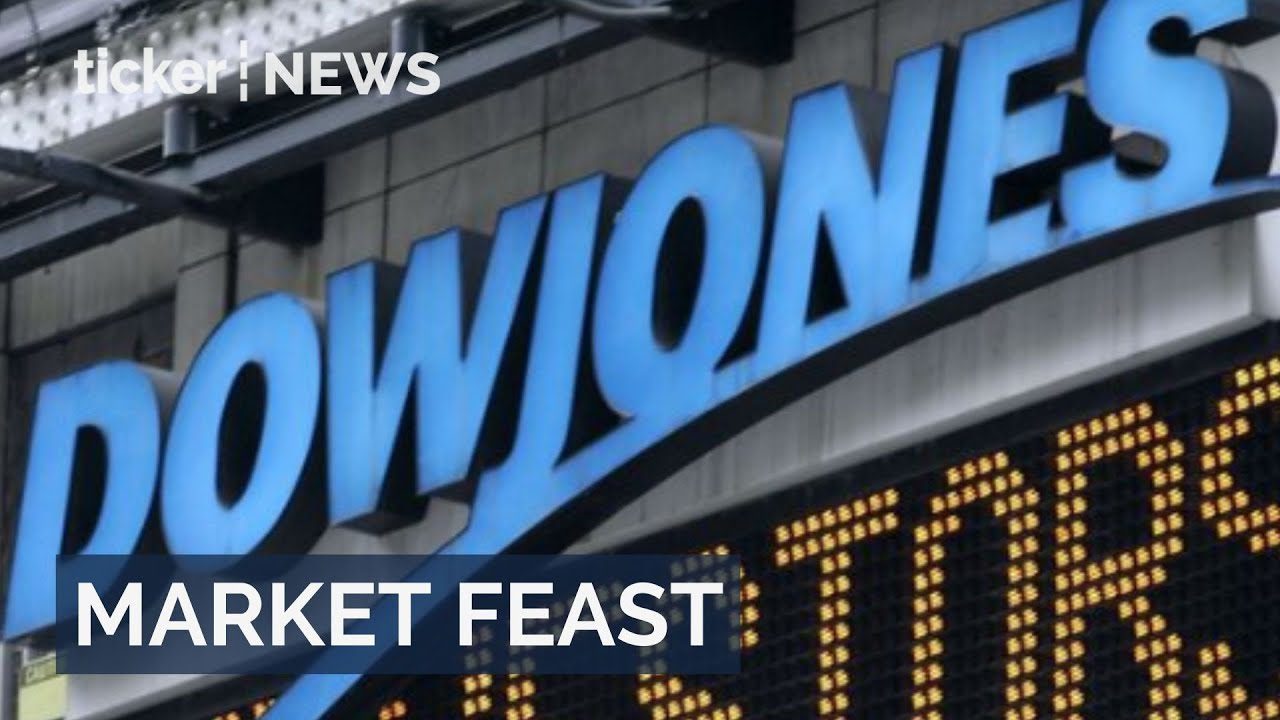Melbourne Fashion Festival weeks kicks off in Australia’s busy city, with the entire show centred around inclusivity and diversity
The iconic international festival runs from November 15- 21 and will feature an exciting new program of city-wide runways, locations, talks, exhibitions, and workshops. As Melbourne has lived through the world’s longest lockdown, the fashion on the runways will also be about representing and injection freedom, and life back into the city.
All about inclusivity
Deni Todorovic is a stylist, who is non-binary and a person of colour. They know all too well what exclusion and societal stigmas feel like. That’s why having them for the opening show at Melbourne Fashion Festival is a significant representation of how serious the organisers are about breaking down barriers.
The festival is about appreciating everyone, whatever their sexual orientation, ethnicity, physical ability, or weight is.
“Fashion is the quickest way to speak without speaking.
For me as a queer person, as a non-binary person, it is my go-to to communicate who I am with the world.”
Deni Todorovic, Stylist
“At your day to day, walking into a store environment it’s incredibly gendered… and that really upsets me because it can be really damaging to people.”
Deni Todorovic, Stylist
“My show [Melbourne Fashion Festival opening show] is about celebrating authentic diversity,
and the way we can use fashion to express ourselves.”
Deni Todorovic, Stylist
Effie Kats is an Australian Fashion Designer who will also be featured on the opening show at Melbourne Fashion Festival. The runways will be about celebrating iconic designer but also up and coming designers who deserve a place on the stage.
Kats has overcome many challenges and stereotypes in her own right. She is a motivated entrepreneur and designer who is on a mission to empower women in what they wear.
“There’s going to be a heavy emphasis on inclusivity… you’re going to see lots and lots of diversity represented.”
Effie Kats, Fashion Designer & Entrepreneur
Not a token
Often in society, people will ensure diversity is incorporated as a token or a box ticked off. It can often be seen as the ‘right’ thing to do and that people who sit outside the traditional moulds aren’t like everybody else. This could not be further from the truth.
In 2009, Rhiannon Tracey experienced a tragic accident while on holiday in Bali with her family. This accident changed her life forever. After diving into a pool that was labelled incorrectly, Rhiannon suffered a spinal cord injury that would leave her wheelchair-bound.
While this sounds like anyone’s worst nightmare, she turned this challenge around and is using it to embrace inclusivity and break down barriers. Tracey is now a motivational speaker, model and influencer who is breaking down stigmas every day.
Tracey will be featured at the Melbourne Fashion Festival, where she will be advocating for normality surrounding people who fall outside of the ‘traditional’ moulds of society.
“Be the change you wish to see.”
Rhiannon Tracey, Motivational Speaker & Model




 News4 days ago
News4 days ago


 Ticker Views4 days ago
Ticker Views4 days ago


 News4 days ago
News4 days ago


 News4 days ago
News4 days ago


 News16 hours ago
News16 hours ago


 Shows3 days ago
Shows3 days ago


 Shows16 hours ago
Shows16 hours ago


 News4 days ago
News4 days ago







